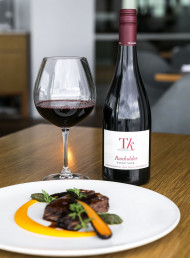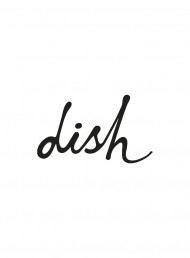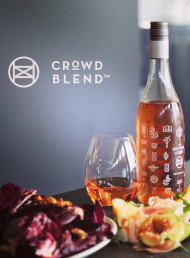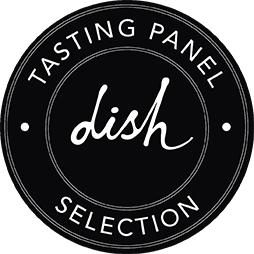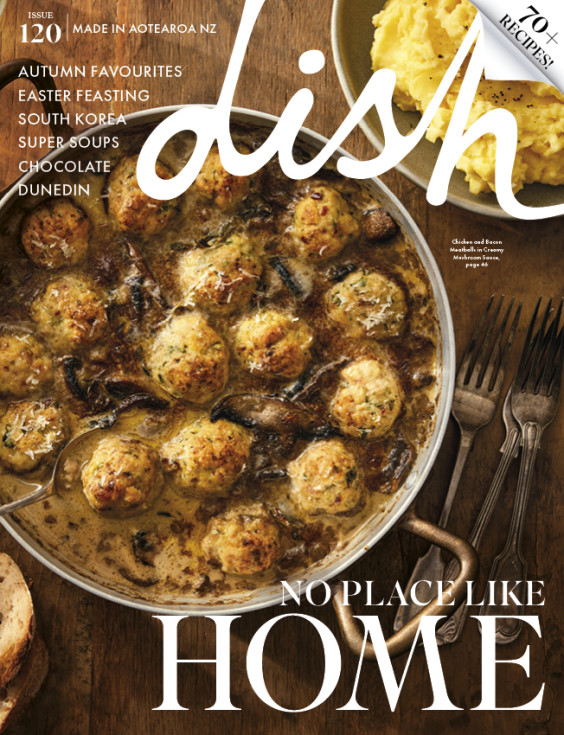Tasting Panel – Sparkling Wine
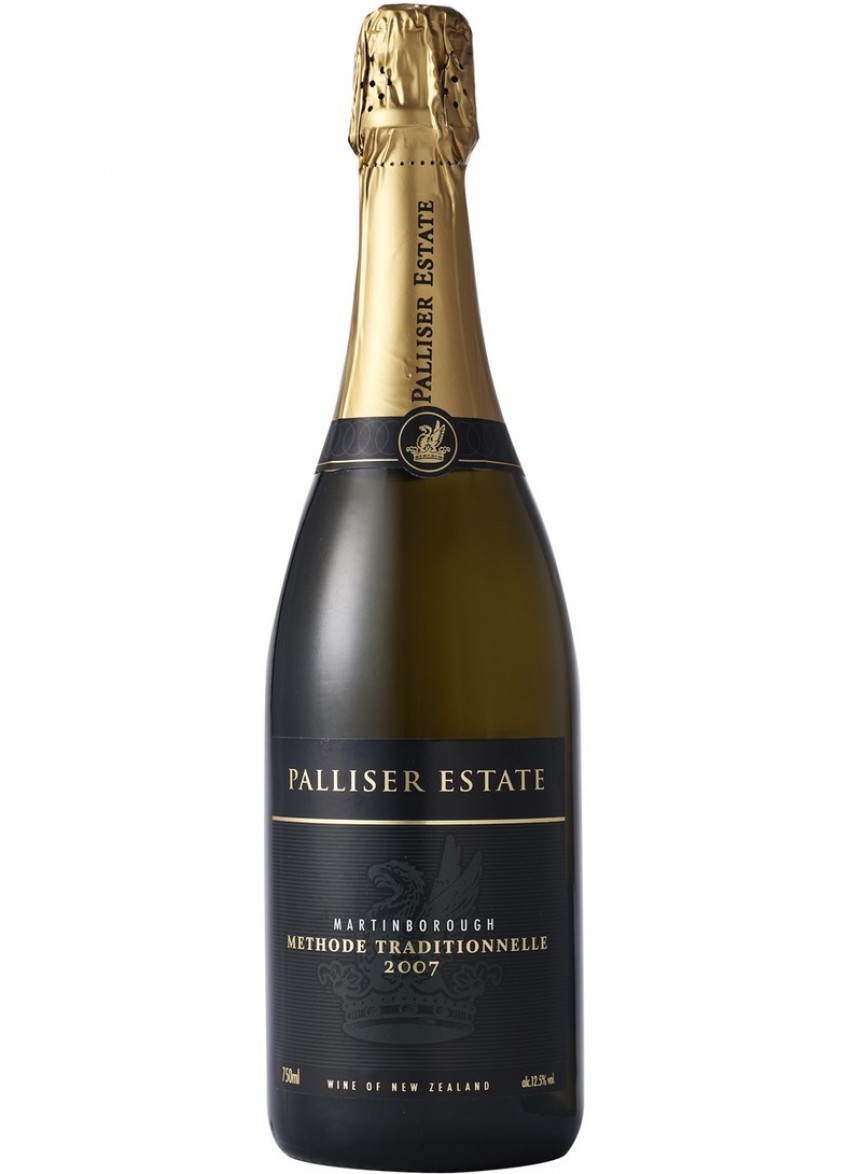
The Dish Tasting Panel assesses Sparkling Wine
Varietal/Style: Sparkling Wine
Tasting date: October 2012
Entries: 70
Judges: Cameron Douglas (Senior lecturer AUT and Master Sommelier); James Rowan (winemaker, Westbrook Winery). Panel led by Dish wine editor Yvonne Lorkin.
(NB: All wines are judged blind and the scores of winemaker judges for their own wines cannot exceed those of other judges.)
Notes from Yvonne: I don’t know about you, but I don’t drink sparkling wine every day. Don’t get me wrong, I’d like to, but it’s a style that inevitably ends up in the ‘special occasion’ shelf in the fridge alongside the brandy butter and salmon caviar. Of course, we love Champagne, but here at Dish we’re also firm believers that New Zealand fizz can absolutely cut it with the best in the world, which is why we decided to single them out.
It might surprise you to know that New Zealand exported more than 140,000 cases of sparkling wine last year and international demand is on the up. Pinot noir and Chardonnay are the main varieties used to make classic méthode traditionnelle and rosé sparkling, however the large number of entries in our ‘others’ category reflect the growth in new styles such as sparkling sauvignon blanc, pinot gris and the popularity of sweet moscato and Asti-like examples. But no matter what the wines were made from, balance was the key issue for our judges. They wanted to see wines that hit that sweet spot – that point where fruit character, cleansing acidity, alcohol and texture knit together to create a seamless, seductive, sophisticated sparkling wine experience.
There are four main ways to produce sparkling wine and we had entries from pretty much every category. Méthode traditionnelle is where the delicate bubbles are produced when the base wine goes through its secondary fermentation inside the same bottle from which it will eventually be served. This is the traditional method of producing fine Champagne in France. Then there’s charmat, in which the wine undergoes its bubble-producing secondary fermentation in tanks before being bottled under pressure. The transfer method is where the secondary fermentation takes place in the bottle before the wine is transferred to a tank before final bottling. Finally, there’s simple carbonation, which involves injecting CO2 into the wine to create bubbles.
Our little country has been producing high-quality sparkling wine since before car-less days – and that was a long time ago. Gone are the days when the best bubbles we could hope for were boring, sweet, flabby and decidedly unfabulous: today New Zealand sparkling wines represent cool-climate sophistication at its best.
The judging was tough, yet a whopping 64 per cent of the wines entered were judged worthy of a medal: 13 earned silver and our two gold medal winners would have lovers of the world’s finest Champagne scratching their heads with disbelief at their value for money.
Top Wines of the Tasting
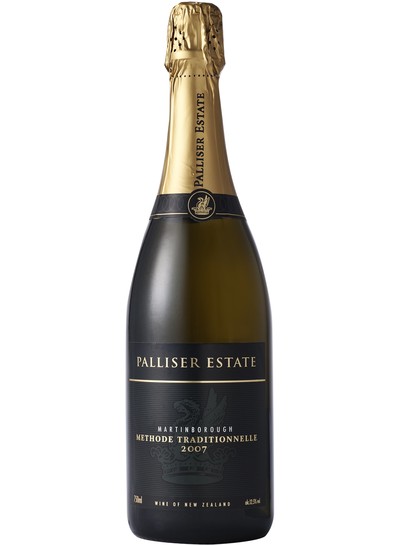
1. Palliser Estate 2007 Methode Traditionnelle $48.50 ★★★★★
No question, this was a truly seductive wine right from the outset. Pretty and golden in the glass with aromas of pastry, toasted croissant and rising dough, it was one of those wines that made an immediate impression. Created by Allan Johnson from a blend of chardonnay and pinot noir, the “attractive yeast autolysis backbone and stonefruit intensity” wowed Cameron Douglas, while Yvonne Lorkin loved the incredibly clean and balanced mouth feel with its lovely biscuity, creamy character. James Rowan was rather taken with its “nice mousse and fantastic depth of flavour”. A very sophisticated and ultimately satisfying sparkler.
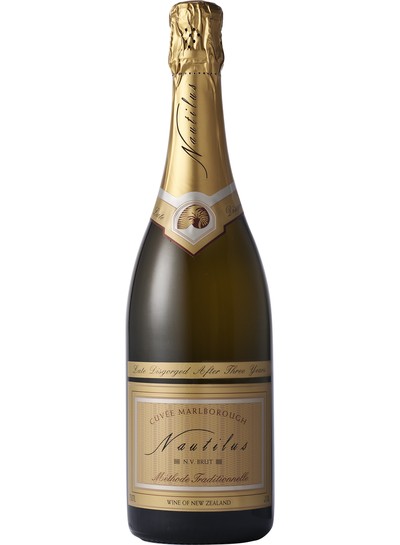
2. Nautilus Marlborough Cuvee Brut NV $24.95 ★★★★★
The team at Nautilus have been producing this wine since 1989 and their expertise absolutely sings – this sensational sparkling proves it’s possible for a wine to have power, presence and serious palate impact while being elegantly refined and graceful at the same time. A delicate bead and persistent mousse made it very pretty in the glass, and being scented with lemon shortbread, almond meal and rising dough made it impossible to resist. In the palate it was beautifully structured with lovely complexity and fatness, according to James. “Lovely
and balanced,” noted Cameron, “the thinking person’s bubbly”.
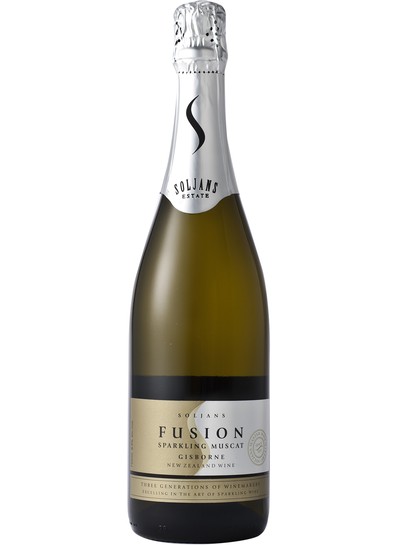
3. Soljans Fusion Sparkling Muscat NV $15 ★★★★½
This wine leapt out from the rest not just because it was a little sweetie, but because it’s tropical fruit character was so clean, defined, pure and it is incredibly well made. Fans of those spritzy moscato and asti styles will absolutely adore this ultra-tasty wine. Produced by Aaron Bilicich in Auckland from 100 per cent muscat grapes grown in Gisborne, the judges were impressed by the lifted aromatics, fresh fruit and refreshingly long finish. “A great sparkling muscat was a pleasure to see in the final line up,” added James. “It’ll definitely be on my table/arm rest/front deck/back deck/kitchen bench this summer!”
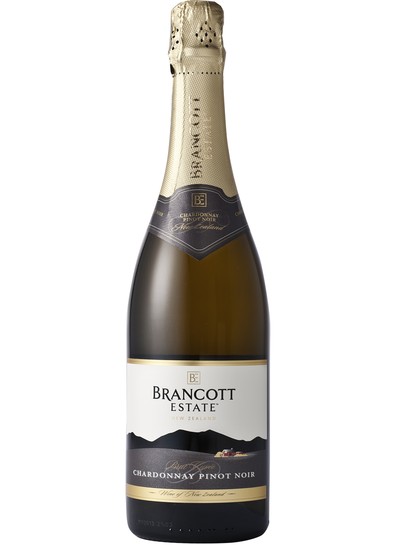
4. Brancott Estate Chardonnay Pinot Noir Brut Cuvee NV $26.99 ★★★★½
Very light, lifted, pretty jasmine florals and bursting with green apple and lime, this is a tangy, crunchy style of riesling that will really appeal. The judges commented that the wine had: “Good lines, elegant and seriously lengthy,” and also noted “juicy sherbet”. Incredibly pure and bright, this brand new wine from Wanaka-based Dan and Sarah-Kate Dineen has an exciting future ahead of it.
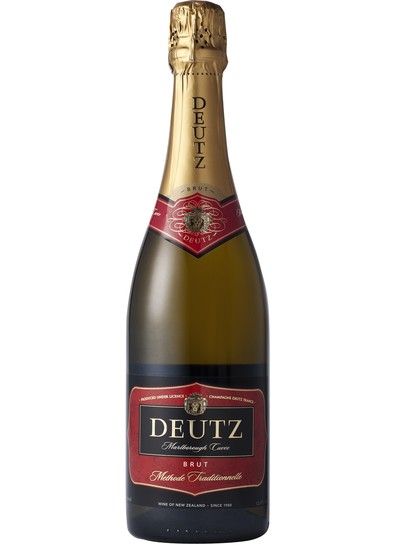
5. Deutz Marlborough Cuvee Brut NV $39.99 ★★★★½
Pale, pretty and beautifully presented with tiny, delicate bead and necklaces in the glass. Sexy, citrus shortbread and rising dough aromas lead to layers of toasty, nutty flavours and a hint of preserved lemon, oyster shell and a hint of funkiness on the finish. Full of character with real depth of flavour.
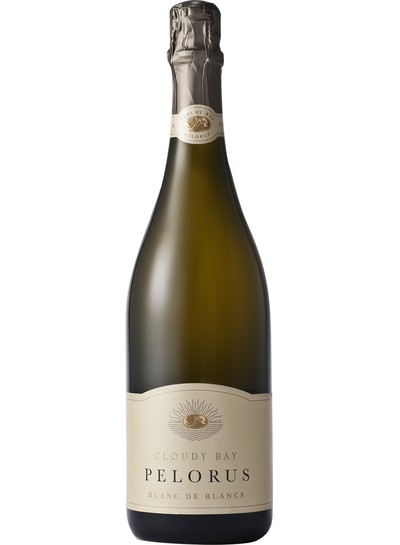
6. Cloudy Bay Pelorus Blanc de Blancs NV $33.90 ★★★★½
Classic breadcrust, marshmallow and wine-biscuit aromas lead the way to a rich, mouth-filling, beautifully poised and nicely balanced bubbles. “Good complexity and showing solid bottle development,” said James, while Cameron added he enjoyed the toasty, fleshiness of the wine. His final word? “Sublime”.
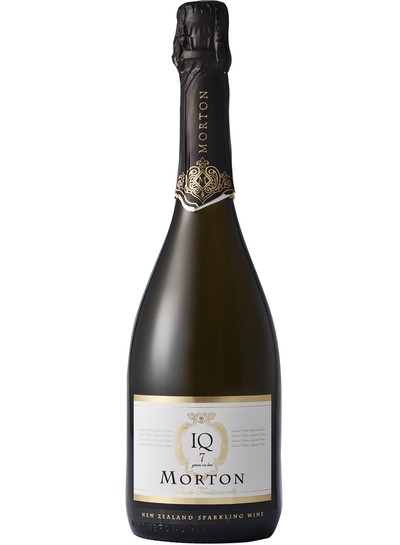
7. Morton Estate IQ7 Methode Traditionnelle $30.95 ★★★★½
This was an interesting wine boasting delicate, smoky notes, white peach and crisp, clean characters in the mid palate before a long, dry finish. “It has good presence,” remarked James. “Bready and rich,” added Cameron.
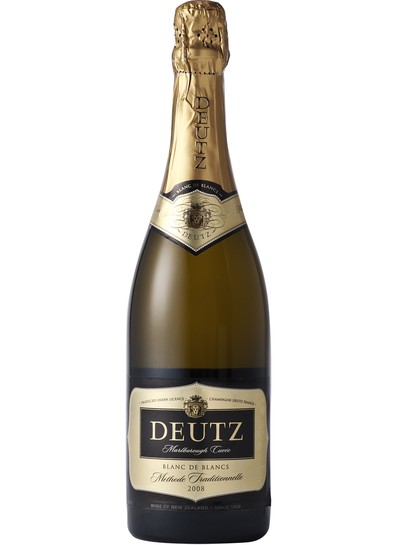
8. Deutz Marlborough Cuvee Blanc de Blancs 2008 $43.99 ★★★★
“Firm, crisp and dry with solid acidity and hints of pear and grapefruit,” were just some of the judges comments about this wine, as well as “delicate mousse, breadcrust, punchy lemon and white flesh nectarine notes”. The finish is creamy and fresh. “Love the texture, acidity and persistence of flavour,” added Yvonne.
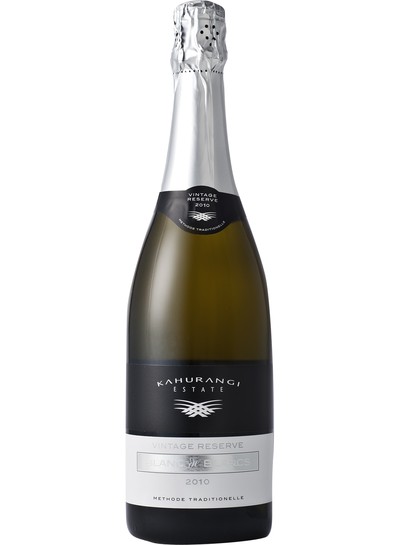
9. Kahurangi Estate Vintage Reserve Blanc de Blancs 2010 $36 ★★★★
All of the judges agreed this wine had great balance and a lovely elegant feel to it alongside deliciously dry and enduring length of flavour. “Tasty and rich, with excellent mousse, texture in the mid palate and nice complexity on the finish,” added James.
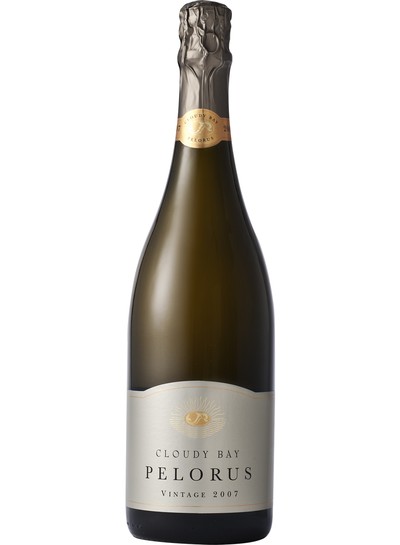
10. Cloudy Bay 2007 Pelorus $39.90 ★★★★
Classically structured, with a sound mix of yeast autolysis and complexity. Golden and very pretty in the glass, with a persistent, foamy mousse and aromas of fresh croissant and shortbread. Fresh, vibrant and showing clean mineral notes and lovely length of flavour.
Extra for experts…
- Bead: used to describe the actual bubbles inside the glass. If they were really small you might say the wine has a ‘fine’ or ‘delicate’ bead.
- Mousse: used to describe the ‘frothiness’ of the foam that forms at the top of the glass when the sparkling wine is poured in.
- Necklace or train: describe the little lines of bubbles that trail from the bottom or sides of the glass up towards the surface.
- Leesy: when the yeast cells have finished converting the grape sugars to alcohol they die and settle to the bottom of the bottle or tank and form a paste-like substance called the ’lees’. When left in contact with the wine this substance can add a certain creaminess to the taste.
Enter the dish tasting panel:
Giddy Up Shirazliens!!
For just the second time in our 14 Year Tasting Panel history, dish Magazine is venturing offshore to embrace the ANZAC spirit and highlight the best AUSTRALIAN SHIRAZ wines available in NZ
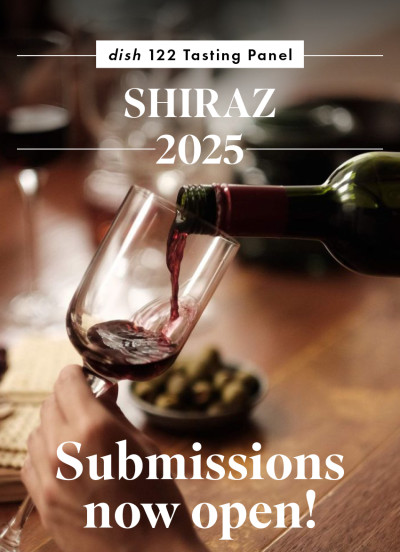
latest issue:
Issue #120
As the days become shorter, and the nights cooler, the latest issue is perfectly timed to deliver delicious autumn dishes. From recipes using fresh seasonal produce such as feijoas and apples, to spectacular soothing soups and super-quick after-work meals in our Food Fast section, we’ve got you covered. With Easter on the horizon, we feature recipes that will see you through breakfast, lunch and dinner over a leisurely weekend holiday, and whip up chocolatey baking treats sure to please. We round up delicious dinners for two and showcase a hot new Korean cookbook before heading south to Dunedin to check out all that’s new in food and dining.The latest issue of dish is on sale NOW at all good bookstores and supermarkets – don’t miss it!

